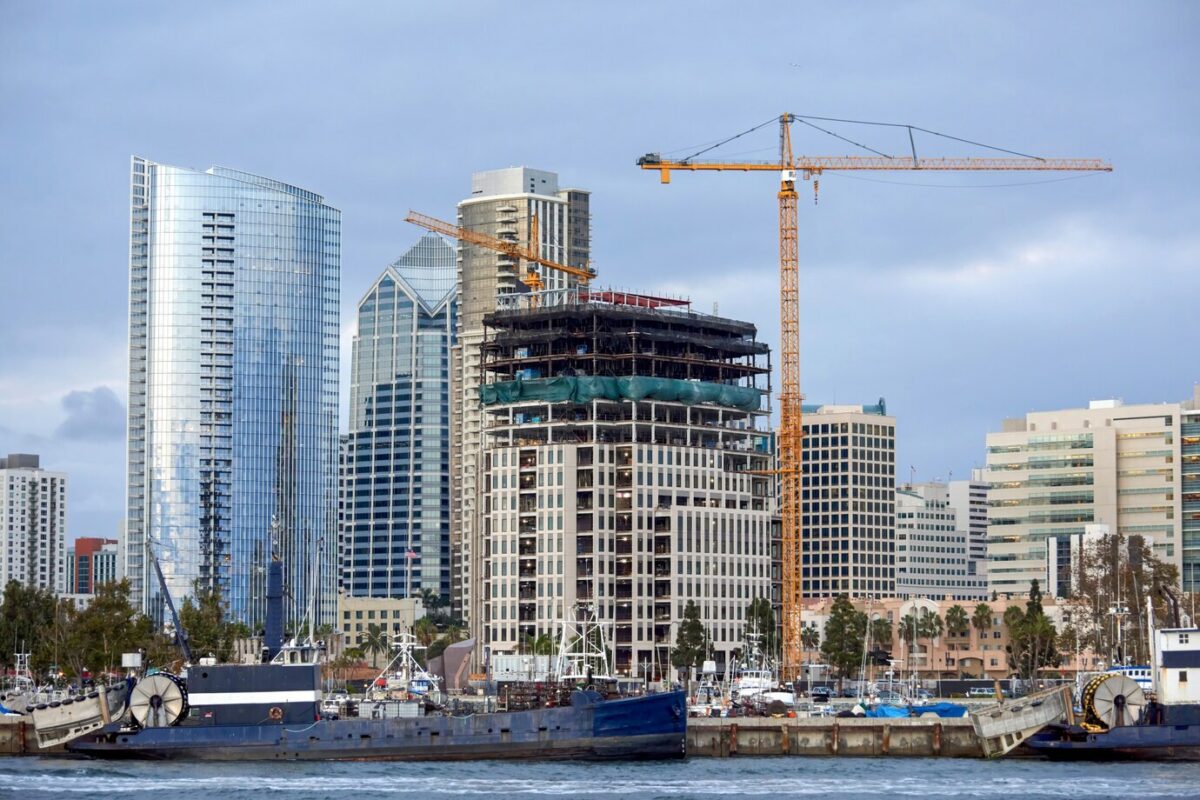Accessory dwelling units (ADUs), also known as granny flats, in-law suites, or backyard cottages, are a unique form of residential construction that is rapidly gaining popularity across the United States. An ADU is essentially a secondary home built on the same grounds as an existing single-family residence. It contains its own living facilities like a kitchen, bathroom and sleeping area.
In recent years, a combination of housing affordability issues, changing demographics, relaxed zoning regulations and innovative design trends have led to the proliferation of ADUs in many regions, especially larger metro areas. As both stand-alone additions or conversions within homes, garages or basements, ADUs present lucrative opportunities for enterprising builders, architects and homeowners alike during the ongoing housing crunch.
In this article we analyze the key drivers spurring the rise of ADUs in modern construction. We also examine building considerations and provide examples of successful ADU projects inspiring both new and experienced constructors to tap into this important housing segment today.
Demographic Shifts Driving ADU Demand
Several evolving demographic factors are fueling surging interest in ADUs across generational lines today. First, multi-generational households are becoming more common again. Over 20% of the population now resides in homes with at least two adult generations or grandparents and grandchildren. ADUs enable extended families to live together on one property with some privacy. In fact, the units are often called “granny flats” based on this desired flexibility.
Younger professionals also lean toward ADUs because of high rents and home prices in cities combined with the desire for some autonomy when living with parents. The units can provide independent space for things like remote work and virtual learning. Additionally, aging baby boomers see backyard cottages as ways to downsize and/or generate rental income while avoiding isolation.
Modern zoning changes better accommodate multi-generational housing needs as well. Areas like California now encourage ADU projects to increase density in existing neighborhoods versus expanding outward into wilderness. Demand from millennials, boomers and Gen X presents a massive opportunity today for constructors specializing in flexible housing alternatives that address evolving cultural preferences.
Relaxed Zoning Laws And Permitting Requirements
Along with shifting housing priorities, relaxed zoning laws and permitting requirements also enable the rapid integration of ADUs in suitable areas today. Not long ago, neighborhoods strictly limited secondary residences based on factors like living space ratios, lot coverage and off-street parking minimums. But recognition of the planning benefits from better utilizing existing housing density led to the rollback of many ADU development restrictions across scores of North American cities and municipalities over the past decade.
Reformed ordinances now simplify approval processes as well. Constructors can tap freely available model zoning templates to understand exactly what’s allowed. Most regions feature sensible ground rules around maximum ADU size, setbacks and height limits without outright banning the projects. Streamlined permitting procedures, reduced fees and the allowance of non-owner occupied rental units further reduce barriers across the board. Building an ADU still requires licenses and site inspections of course. However, the eased historical impediments let constructors accommodate clients from a diverse set of backgrounds interested in adding secondary homes today.
Innovative Modern ADU Design Trends
Another alluring factor accelerating ADU popularity involves the innovative and sustainable housing designs now possible with secondary dwellings. Using modern fittings, smaller-scale floorplans inspired by trends like tiny home living and clever integration elements, ADUs practically build themselves in many renovations. Whether you update unusable attic space, transform a garage or erect a standalone micro unit, ADUs promote resourcefulness on individual properties.
Homeowners work with specialized architects and builders to incorporate an array of creative and cost-effective attributes into today’s ADU projects. These include compact or expanding layouts, multi-purpose furnishings, energy efficiency components like solar power and smart home automation. Contemporary ACCENT walls, durable finishes and exterior aesthetic touches ensure even the most modest ADUs standout while meshing within existing architecture.
Ultimately between technology, customization and sustainability, ADUs now manifest as contemporary forms of suburban and urban development compared to housing norms. Unique modern aesthetics and functionality vividly set pools, cabanas or backyard studios apart from traditional secondary suites. This selling point will attract progressively more homeowners searching for lifestyle flexibility in the decades ahead.
Lucrative Opportunities In the ADU Market
Statistics support the staying power of ADUs as well. National projections estimate nearly 5 million single-family homes in America already contain infrastructure suitable for ADU integration with common zoning exceptions. And almost 40% of municipal planners actively encourage accessory dwelling construction in their districts today compared to just 15% five years ago. Building permit data also shows sizable year-over-year increases in actual ADU projects in states from California and Oregon to Vermont and New Hampshire.
These trends will create over a million lucrative jobs for properly trained builders, architects, project managers and subcontractors able to capitalize on the lack of competition in this somewhat niche market segment during the near future. Constructors develop skills around tailoring accessory spaces within existing single-family plots to align with regional zoning rules and client needs. You must also stay on top of the latest materials, methods and designs gaining acceptance as best practices for modern ADUs taking on varied shapes across the building landscape.
But the investment pays dividends because accessory dwelling owners monetize unused space to achieve stability. Whether offsetting a mortgage through rental income from a streamlined flat or accommodating relatives in need, ADUs create unique living solutions relative to having — or being able to afford — a separate single-family residence. The customization aspects also appeal greatly to clients focused on alternative living arrangements aligned with environmentalism and simple living philosophies gaining mainstream popularity as well. Constructors able to deliver on these desires will secure a loyal following.
In closing, building and construction professionals who learn the ins and outs of ADUs have a golden opportunity in both the short and long-term horizon. As populations grow and generational preferences change, this adaptable housing segment offers solutions to obstacles like density and housing costs in key regions across North America as shown. We are likely still witnessing just the beginning stages of a larger ADU movement gaining momentum nationwide. But by recognizing the directional signals now, then leveraging your expertise appropriately, it is possible to stake an early claim in this viable market full of potential.


